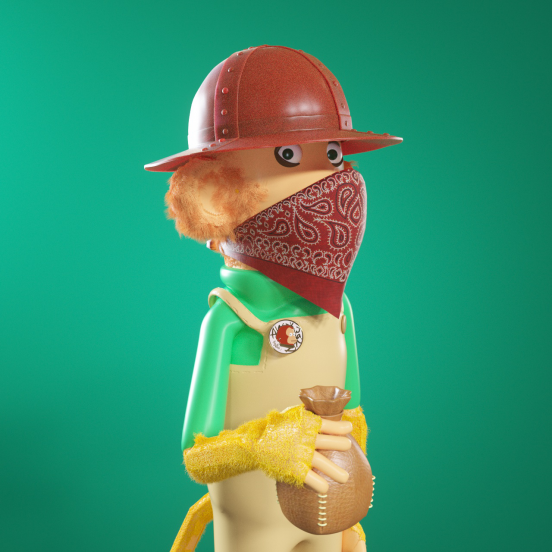What are NFTs?
NFTs are non-fungible tokens that represent ownership in an underlying digital asset. Non-fungible tokens are digital assets that can do what no other digital asset can do. There are five elements of an NFT that really separate it – as an asset class – from any other type of investment product. Below are the five main elements or characteristics of non-fungible tokens:
- Proof of Ownership of the digital asset;
- A unique, one-of-kind ID that encapsulates all of an asset’s characteristics;
- The rights and privileges that flow from that ownership;
- Encrypted asset; and,
- Registered on the blockchain.
NFTs: Unique Digital Assets
Non-fungible tokens cannot be replaced, exchanged, or substituted for one another, as each non-fungible token is a unique, one-of-a-kind token. Each NFT remains unique, and this is what makes NFTs non-fungible. Here in this blog post, we take a look at a different kind of NFTs. Non-fungible tokens that actually can change in real-time based on external data or information.
Also, because of the blockchain technology, the NFT owner can easily show proof-of-ownership. The title of the digital asset exists in the blockchain, and from this ownership, the NFT Monkey owner, or any non-fungible owner for that matter, will obtain and continue to obtain the rights and privileges that flow from the ownership of that particular NFT or digital asset. This could mean staking rights; access to exclusive media channels, etc.
They are immutable and their ownership is verifiable. Blockchain is a technology that is reliable, efficient and 100% secure.
The NFTs They Are a Changing: Dynamic Non-Fungible Tokens
Generally speaking, once a non-fungible token is minted, the non-fungible token’s metadata is permanent and never changes. 99% of all non-fungible tokens do not change overtime. However, a small subset of non-fungible tokens, known as Dynamic NFTs, can be coded by developers to change based upon external events. For example, a developer may create an non-fungible token that allow for changes to the underlying metadata of the token itself. For example, an NFT of your favorite athlete could change – in real time – based upon that athlete’s in-game performance. Further, a teams championship run could allow for their NFT to change to reflect their new championship status. It’s really cool, really innovative stuff.
Real World Usage
The ability to change a non-fungible token’s metadata based upon external events provides numerous usage for real-world problems. For example, a house’s maintenance history and sales record can be connected to NFTs, thereby updating the metadata of the non-fungible token in real time. This provides the NFT with the most updated information on the house. Also, the entire sale history – including the purchase price – could be added to the dynamic token upon every sale. Further, due to the security of the blockchain, one can rest assured that the information provided is reliable and trustworthy.
Also, dynamic non-fungible tokens could have a significant place in the gaming industry. For example, a user’s non-fungible token may grow and change as the gamer unlocks levels in the game itself. This information would be updated in real-time and the gamer may obtain in-game rewards and those rewards could change the gamer’s non-fungible token.
And We Thank You for a Real Good Time!
Thank you for reading our blog post. Continue to check us out for more information and resources on all things NFTs – including our own non-fungible token project, Awk Monks! Also, don’t forget to check out The Ultimate NFT Monkey Guide for all things NFT Monkey related. It’s a great resource – rich in information.



